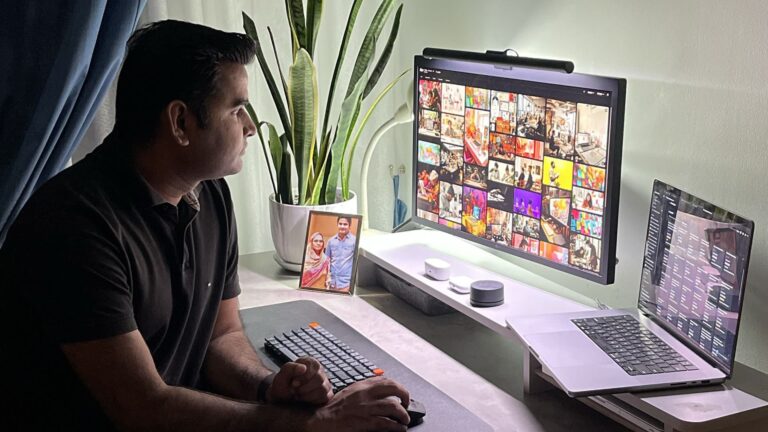Imagine walking into a party and meeting someone new. Instead of asking about you or finding common ground, they dive into a long speech about their achievements.
How would that feel?
Probably awkward and disconnected. That’s exactly how visitors feel when your website talks only about itself instead of focusing on them.
Your website has one job: to connect. If it’s not doing that, it’s time for a change.
Why most websites fail to connect
Many websites fall into the same trap. They list features, highlight awards, and use jargon-heavy language.
While these might seem impressive, they often fail to answer the most critical question:
“What’s in it for me?”
Here’s why this happens:
Focus on features, not benefits: It’s easy to talk about what you offer—faster speeds, more storage, advanced analytics—but harder to explain why these matter to the user.
Overuse of technical jargon: Terms like “scalable solutions” and “innovative ecosystems” might sound professional but can alienate your audience.
Ignoring the user’s perspective: When the messaging revolves around the company, it’s easy to miss the opportunity to address the audience’s needs.
People will forget what you said, people will forget what you did, but people will never forget how you made them feel.
Maya Angelou
How to create a website that connects
Here’s a step-by-step guide to turn your website into a relatable, engaging conversation:

1. Start with empathy
Before writing a single word, put yourself in your audience’s shoes.
What keeps them awake at night?
What solutions are they searching for?
- Create a detailed user persona with goals, challenges, and motivations.
- Use surveys, interviews, or analytics to understand common pain points.
Instead of saying, “Our software offers 99.9% uptime,” try, “We keep your business running so you never lose a customer.”
2. Tell a story, not just a list
People love stories. They create an emotional connection and make your message memorable. Share how your product or service solves problems in real life.
- Highlight a customer’s journey: Where were they before? How did your solution change their experience?
- Use relatable language. Skip the corporate tone and write like you’re chatting with a friend.
Instead of listing “fast delivery” as a feature, share a story about a customer who needed an urgent order and how you delivered just in time.
3. Keep it simple and relatable
Your website should be easy to read and understand. Overcomplicating the message only drives visitors away.
- Use short sentences and common words.
- Break up text with subheadings, bullet points, and white space.
- Test readability with tools like Hemingway Editor.
Say, “We help small businesses grow” instead of “We facilitate scalable growth trajectories for SMBs.”

Why this approach works
- A helpful tone keeps visitors engaged: When your website feels like a trusted guide, people stay longer.
- People trust brands that listen: Addressing user needs builds credibility.
- Memorable websites drive action: A site that resonates is more likely to convert visitors into customers.
Does your website feel like a friend?
Your website should act like a friend, listening, understanding, and offering help not a stranger talking only about itself. It’s not about being flashy or overly technical. It’s about being real.
- Audit your website: Identify sections that talk more about you than the audience. Rewrite them with a user-focused approach.
- Get feedback: Ask someone unfamiliar with your business to navigate your site. Are they clear on what you offer and why it matters?
- Test and refine: Use tools like Hotjar or Google Analytics to see how users interact with your site and adjust accordingly.
In my 15+ years of journey as a designer, I’ve seen websites evolve from static brochures to dynamic platforms.
Yet, the ones that succeed all share one thing: they connect.
By focusing on empathy, storytelling, and simplicity, you’re not just creating a website. You’re starting a conversation that visitors will remember and act on.
Let’s connect
Curious about freelancing, employment, or anything in between? Let’s connect on LinkedIn I’d love to hear your experiences, answer your questions, or just have a meaningful conversation about building a fulfilling career.








